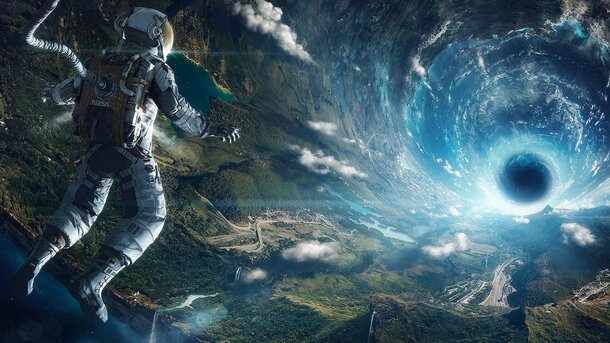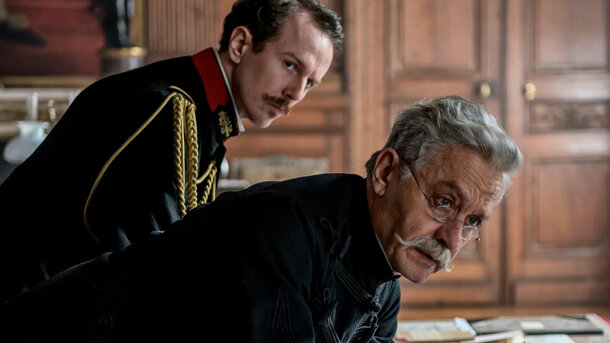Physicist Kip Thorne, a Nobel laureate and expert in gravitational physics, served as a scientific consultant for the film Interstellar. To ensure the depiction of a rotating supermassive black hole was as realistic as possible, Thorne performed extensive theoretical calculations spanning multiple pages.
His work helped create the film’s stunning visualizations of the black hole’s gravitational lensing effects. Interestingly, this process did more than just improve the movie’s accuracy; it also sparked new ideas in Thorne’s own research. Inspired by the visualizations and concepts from Interstellar, Thorne developed fresh theories about gravitational lenses and accretion disks — structures formed by matter spiraling into black holes.
These insights led him and his colleagues to publish three new scientific papers, advancing our understanding of black holes. The collaboration between science and cinema not only enhanced the film’s realism but also contributed directly to ongoing astrophysical research, demonstrating how popular media can inspire real-world scientific progress.











